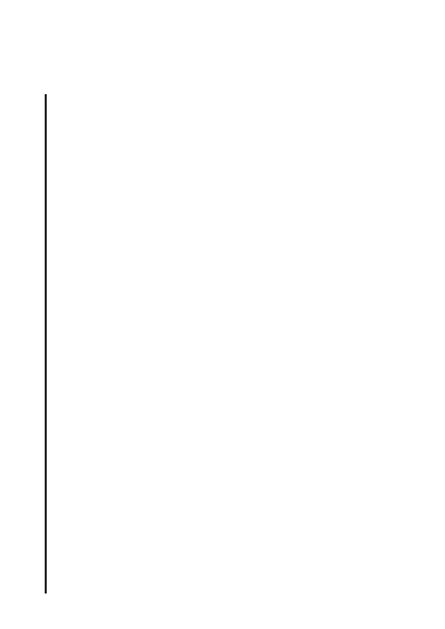
The Central African Republic sit at the second-lowest ranking country in the world on the Human Development Index (HDI). At 188th place, it is higher only than Niger (UNDP, 2018). The most recent round of internal conflict in CAR, starting in 2013, led to large-scale internal displacement, a collapse of the economy (GDP dropped by 34% after the crisis in 2013), government revenues and a corresponding collapse in already limited government expenditures on social service provision. Prior the signing on 6 February 2019 of the Political Agreement for Peace and Reconciliation, the government has effective control over around one third of the national territory (although this includes a higher percentage of the population). Twenty-five percent of the population is displaced and 63% is in need of humanitarian assistance and protection (OCHA, 2018).
Overall Official Development Assistance (ODA) to CAR increased rapidly with the onset of the conflict in 2013, more than doubling to over $500 million in 2014. ODA figures do not include the $943 million annual allocation to MINUSCA (UN Press Release 2017). While ODA funding is low in overall terms, it is high on a per-capita basis given the national population of 4.6 million people. The level of ODA has remained fairly constant since. Humanitarian assistance (per ODA definitions) is almost half of this total amount, one of the highest proportions of any country in the world. Foreign Direct Investment (FDI) has sunk to negligible levels, and domestic investment has been disrupted by the conflict and displacement of large parts of the population (UNCTAD 2018).